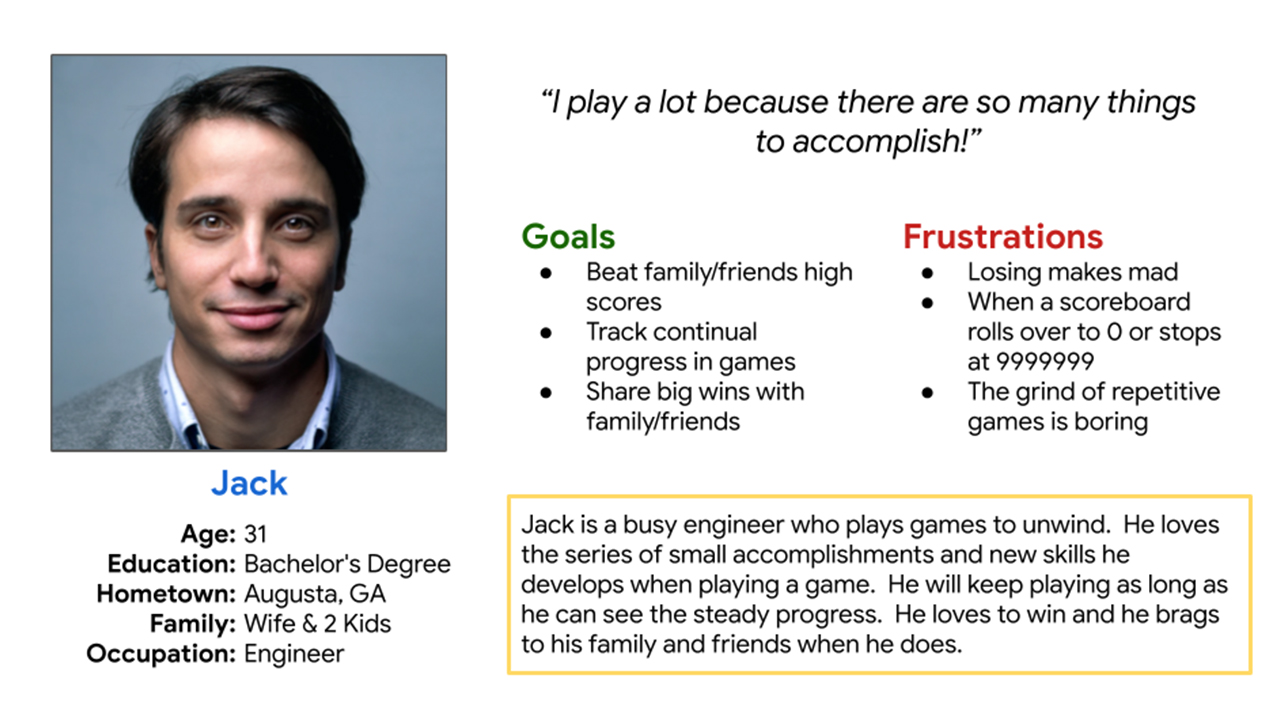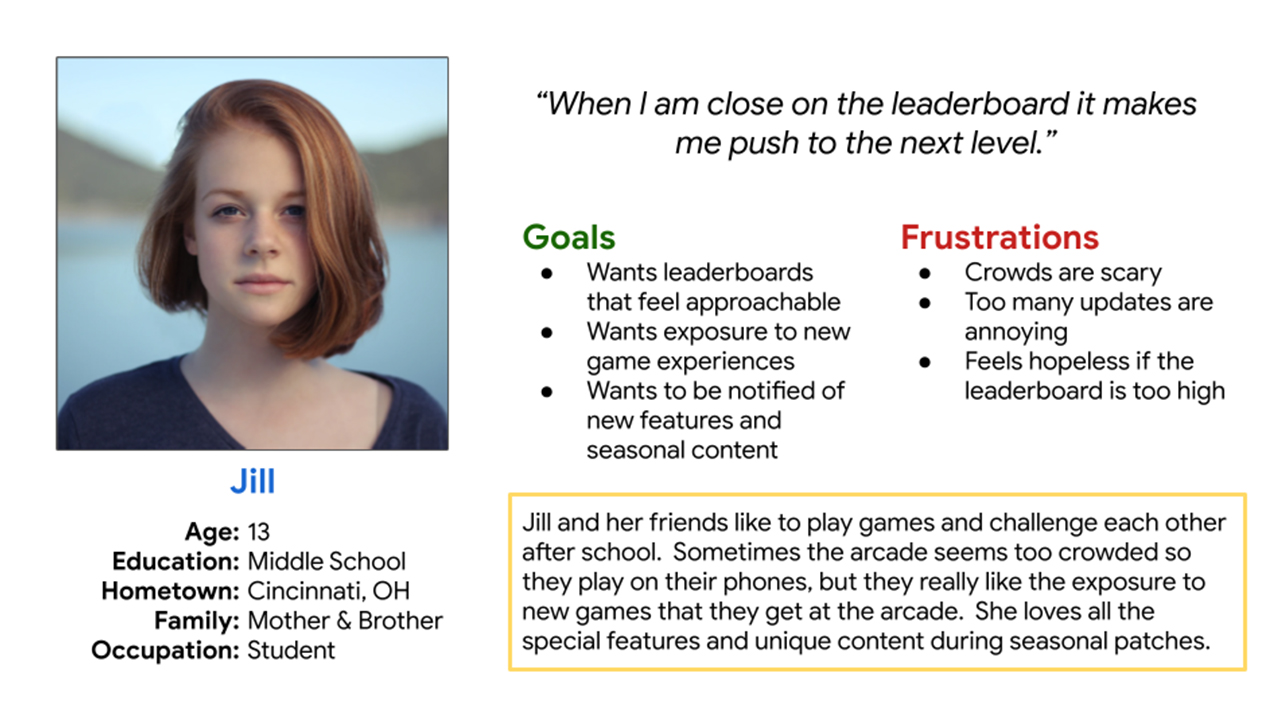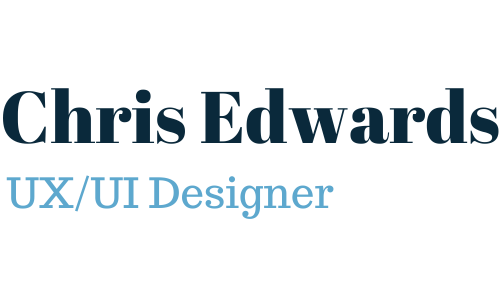This was a UX/UI project that I designed for Google’s UX/UI Design Certificate. For this project, I used a prompt from Sharpen to select the assignment that I would work on for the duration of the class. My assignment was to “design a high score tracking app for an arcade”.
Problem: Users needed a high score tracking app that kept them engaged by tracking their progress with regular milestones and ensured that progress on the leaderboards always felt approachable.
Goal: Deliver a high score tracking app that offers several different types of leaderboards and provides the user with updates and notifications to keep them interested.
Role: UX/UI Designer
Project Duration: Currently in Progress
Secondary Research
The Arcade industry is a 1.7 billion dollar industry in the US with an expected 3.8% growth in 2021. (IBIS World)
Arcades make up a 0.2% share of the gaming market (NPD Group Retail Tracking).
There are 227 million gamers in the US. 67% of American adults play games, while 76% of people under 18 are gamers. 38% of gamers are between the ages of 18-34. (ESA)
Despite the average age of gamers being 31 (ESA), arcades tend to target youth ages 13-18. With a small portion of arcades targeting 21-28-year-olds (Family Entertainment Center).
White males make up the majority of gamers with 73% of gamers being white and 55% identifying as male. Despite this statistic each year we see more women and ethnic minorities picking up gaming (ESA).
Gamers report that games provide joy, stimulation, stress relief, and bonding time with their friends and family (ESA).
Competitive Research
More to come
Primary Research
For this project, I interviewed five people between the ages of 13 and 45. Each participant needed to be an active gamer and have been to an arcade in the last 3 years. In addition to these criteria, I intentionally selected participants with diversity in gender, ethnicity, and age. These interviews were then used to compile empathy maps for each user.


Insights:
- Users want to be able to compare their scores at various levels depending on their ranking and skill. They specifically mentioned friends/family, arcade specific, geographic, and recent leaderboards.
- Users want progressive milestones to celebrate and track their progress.
- Users want updates and seasonal content to keep games interesting.
- Users want to be notified when there is new content and when the scores they are tracking are beaten.
- Users want to be able to share their wins with people they know.
- Users want to track their scores at other attractions like go-carts and laser tag.
Pain Points:
- Games can get repetitive and feel like grinding if the content is too similar.
- Too many updates feel overwhelming and hard to keep up with.
- Scoreboards sometimes reset to zero due to display limits.
- If the bar for success is too high then users tend to give up.
- Having a high score beaten feels bad.
- Arcades can feel overcrowded and scary.
Personas:
The interviews and empathy maps were used to make several personas. Each persona has the user’s basic demographics, a quote, and their goals/frustrations. These personas served as a guide for design choices throughout the project. They helped to ensure that the goals of the users were reflected in the final product.


User Journeys:
Each goal can be broken down into smaller goals. The user’s current journey highlights the pain points they experience. In this case, we can see that Jack would benefit from an app that tracks his milestones and lets him share that automatically with a select group of people.


